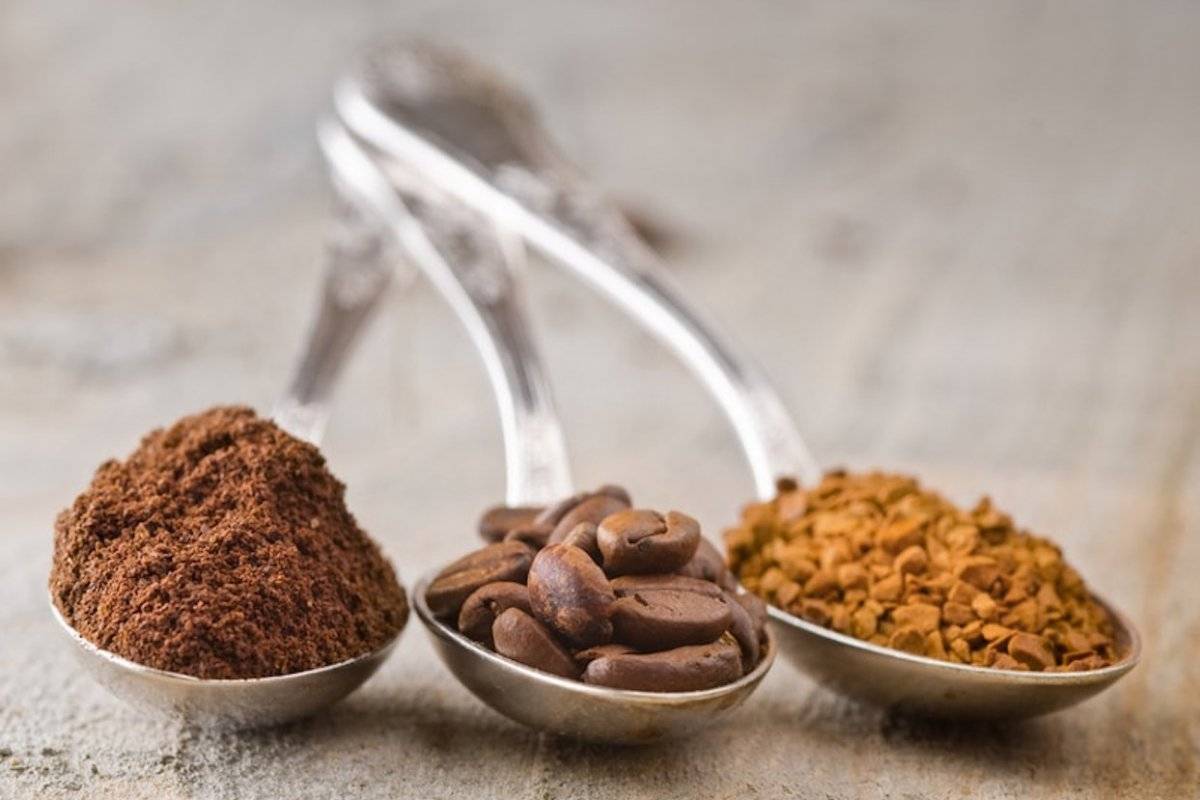But what really grabbed the public’s attention that year was cup size. The same Swedish team found a correlation between women with the genetic variation who drink three or more cups of coffee a day and smaller breasts.
More recently, Britain’s Prince Charles has raved about coffee enemas, and Amazon.com sells DIY kits.
A 2008 study at Sweden’s Lund University demonstrated that drinking coffee lowers the risk of breast cancer, at least for women who have a relatively common variant of the gene CYP1A2, which helps to metabolize both estrogen and coffee.
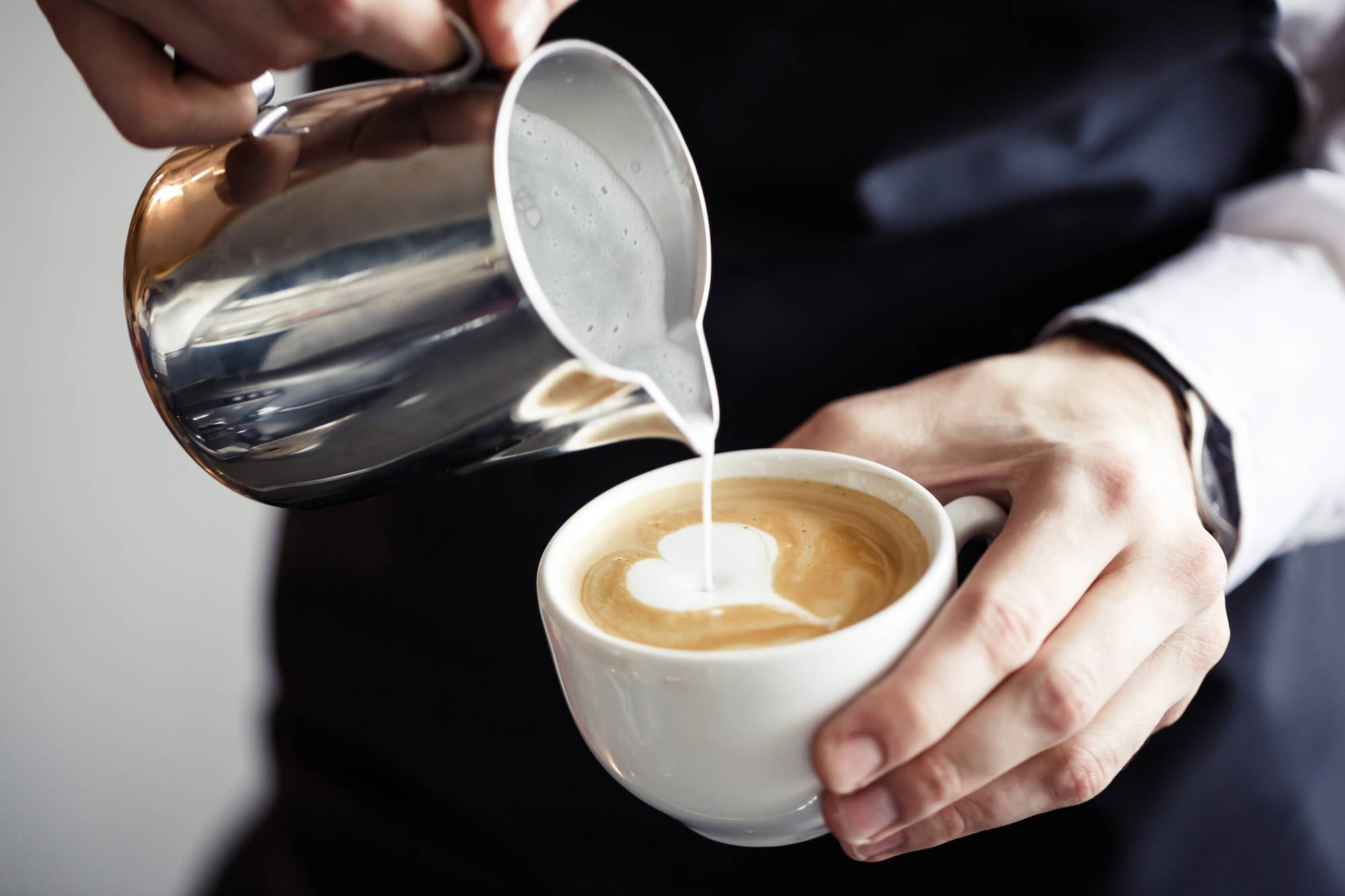
Around A.D. 1000, Arab traders brought coffee beans home from Africa and started boiling them into a drink they called qahwa. Translation: “that which prevents sleep.”
Researchers from London’s Royal Botanic Gardens warn that highland forests in Ethiopia and South Sudan, where most wild coffee grows, are disappearing as mountaintops warm. By 2080, these moist ecosystems may be gone. It’s cause for concern, but not the end of coffee. The domesticated plant varieties we rely on for our joe are generally secure.
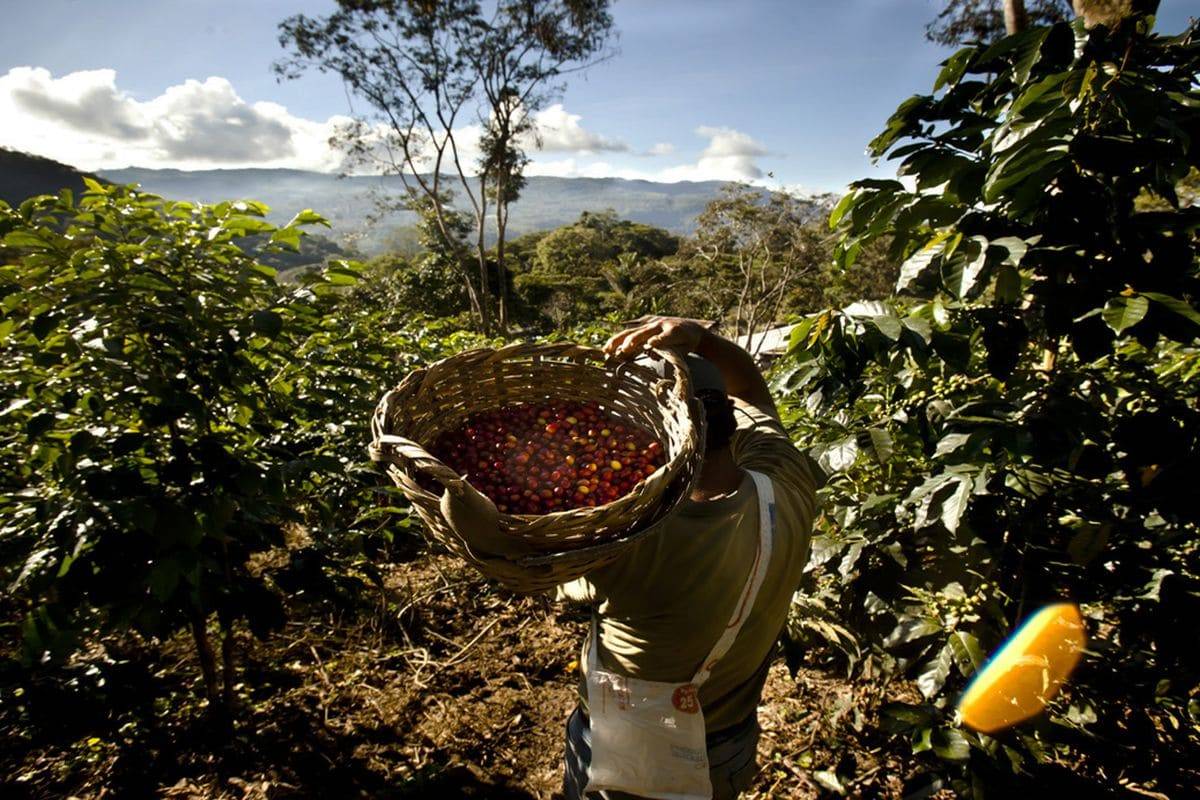
Think coffee makes your breath smell bad? In 2009 researchers at Tel Aviv University found that adding coffee to a dish of saliva inhibited the growth of a bacterium that causes halitosis. So go ahead, take a coffee break.
But be warned: The National Cancer Institute says Gerson’s claims are unsupported, and the American Cancer Society cautions that illness and death can result from contaminated coffee enema equipment, depleted electrolytes, and punctured intestinal walls.
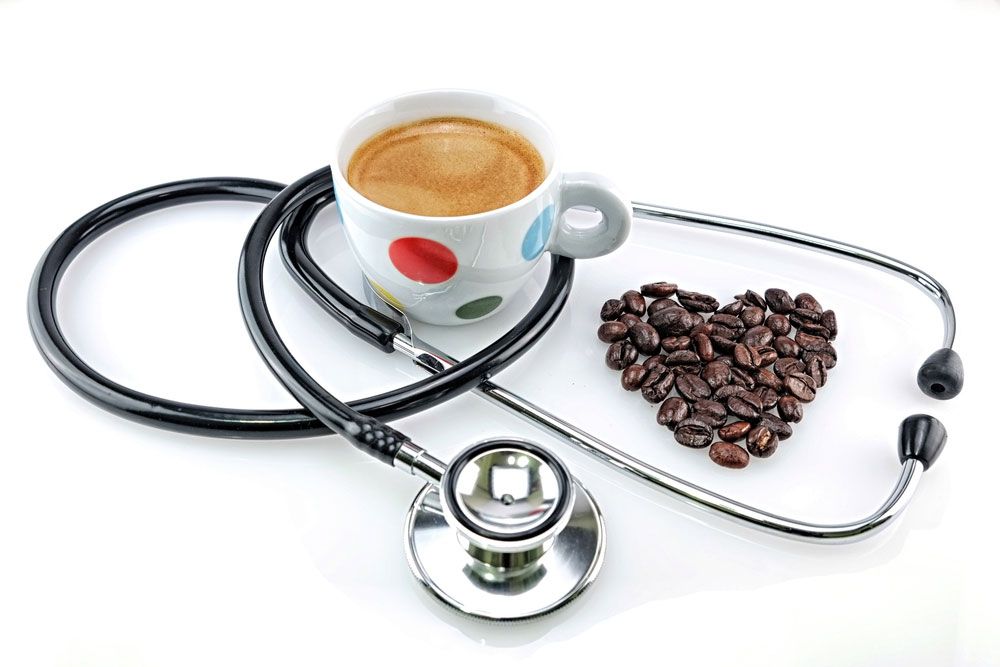
Have a cup instead. In 2011, the Harvard School of Public Health reported that in a 22-year study of nearly 48,000 men, those drinking six or more cups daily were about 60 percent less likely to die from prostate cancer.
That is, until they are threatened by disease. Nearly 70 percent of the coffee we drink today comes from offshoots of wild Arabica, or Coffea arabica—the coffee species that stores most of the genetic information we need to re-engineer commercial cultivars.
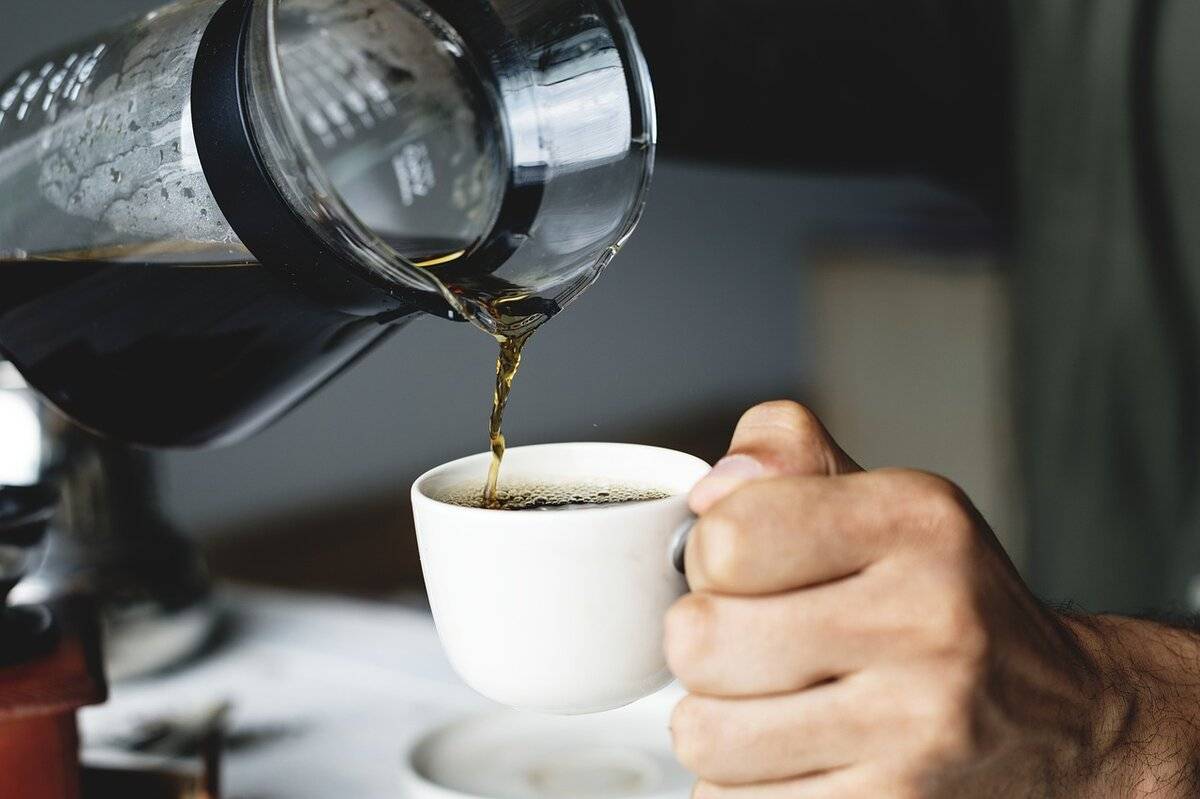
Bach voiced his love of coffee in a cantata. With libretto by Christian Friedrich Henrici, the Kaffeekantate was first performed in Leipzig, Germany, sometime between 1732 and 1735.
A global phenomenon, the grande (or medium) 16-ounce coffee at Starbucks contains the caffeine equivalent of 9.5 cans of Coke.

Americans, too, sing coffee’s praise. According to Harvard research, Americans spend USD 40 billion on coffee each year.
It takes approximately 4,700 ounces, or 37 gallons, of water to make just one cup of coffee when you account for inputs needed to grow and process the beans.
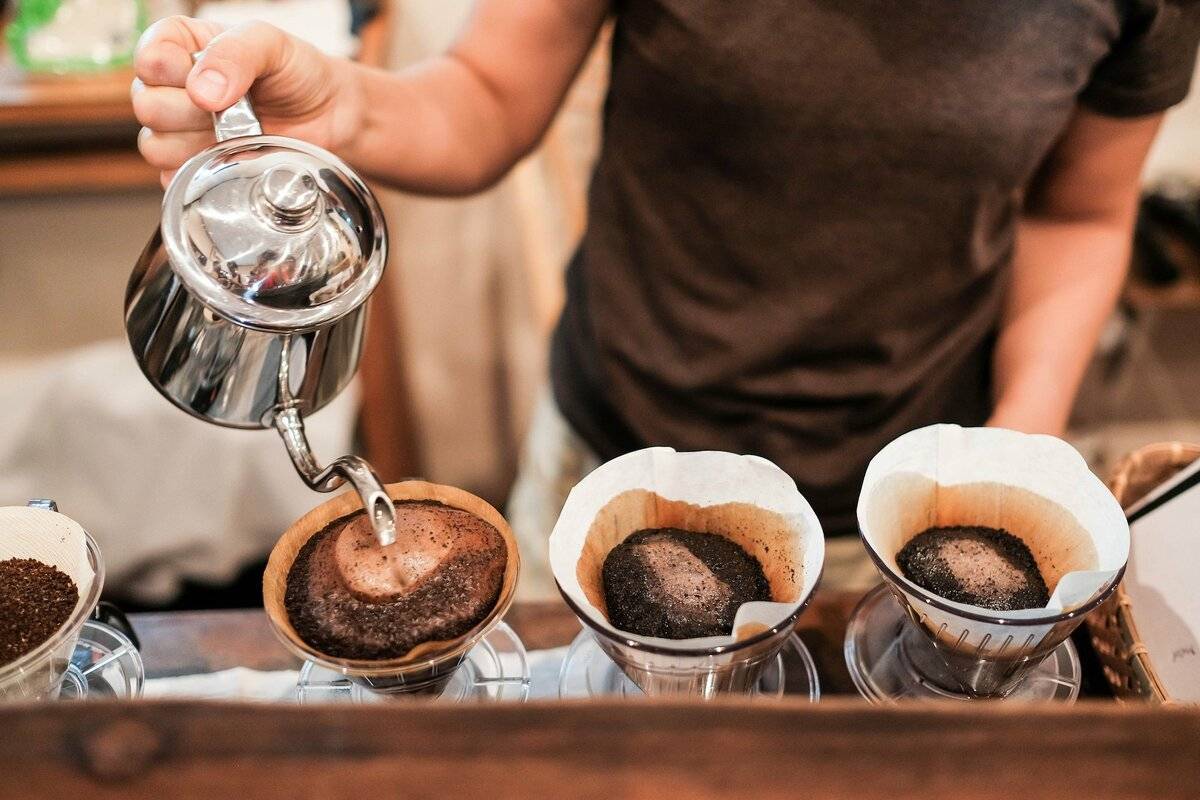
The world consumes close to 1.6 billion cups of coffee every day.
Fast-forward to the 1930s, when German physician Max Gerson began promoting daily coffee enemas to detoxify the liver, stimulate metabolism, and cure cancers.
